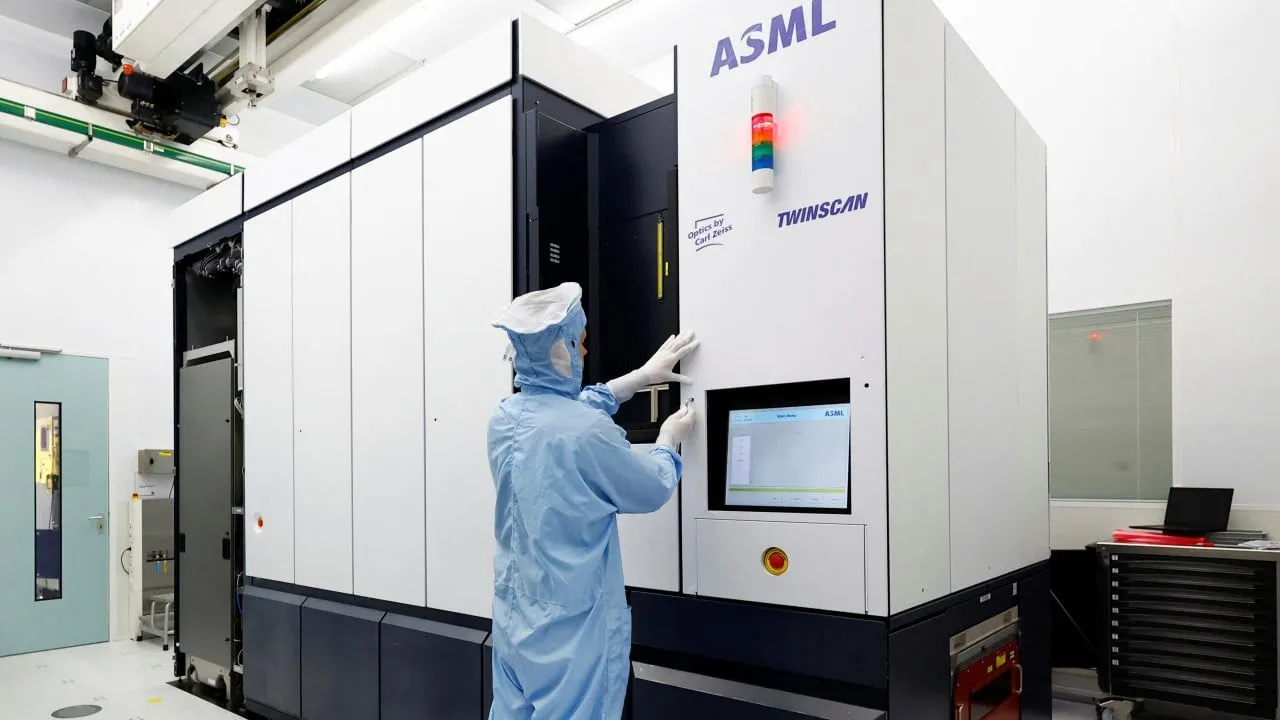MIIT Introduces Latest Lithography Tools in China's Semiconductor Manufacturing Process

MIIT's Role in Advancing China’s Semiconductor Industry
The Ministry of Industry and Information Technology (MIIT) recently published specifications for new lithography tools to stimulate growth within China's semiconductor industry. These developments reflect a push towards enhancing domestic manufacturing processes, but analysts indicate significant gaps remain.
Overview of New Lithography Scanners
- Scanners Overview: Two notable lithography scanners feature advanced light sources — krypton-fluoride (KrF) and argon fluoride (ArF) — showcasing differing overlay accuracies and production resolutions.
- KrF Scanner: Operates on a 248-nanometer wavelength with an overlay accuracy below 25nm.
- ArF Scanner: Incorporated a 193nm wavelength with an impressive overlay accuracy below 8nm.
Challenges in Feature Alignment
Despite the technological advancements, the MIIT did not disclose specific information about the machines' capabilities in feature alignment, a critical factor for effective chip production. Key points include:
- Washington’s restrictions limit systems with dedicated chuck overlay (DCO).
- Industry analysts suggest the new machines are likely limited to DCO, meaning chips produced may not reach advanced nodes.
- The complexity of manufacturing nodes indicates reliance on technical expertise.
Impact of U.S. Restrictions
Washington's export restrictions continue to complicate China's efforts in the chip industry, limiting access to essential lithography technology from companies like ASML. Analysts highlight:
- ASML’s Position: Despite not being able to sell advanced machinery, ASML’s sales to China remain significant.
- Stockpiling of Equipment: Chinese foundries anticipate prolonged restrictions and stock up on existing ASML systems.
- Production Limitations: Shanghai Micro Electronics Equipment has yet to produce mass quantities for nodes 28nm and below.
This article was prepared using information from open sources in accordance with the principles of Ethical Policy. The editorial team is not responsible for absolute accuracy, as it relies on data from the sources referenced.